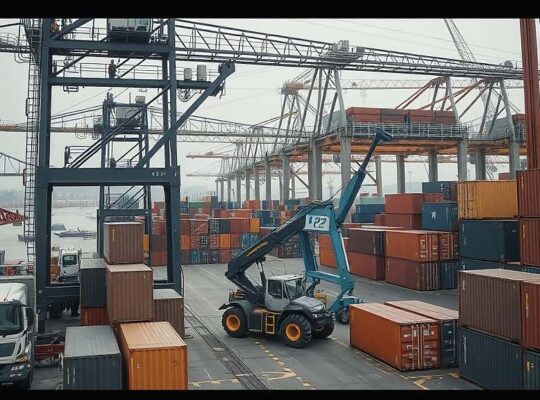The German government has cautiously projected a modest economic recovery for the current year, underpinned primarily by domestic demand rather than traditional export-driven growth, according to a recently released autumn projection presented by Economics Minister Katarina Reiche. While the forecast anticipates a real Gross Domestic Product (GDP) increase of 0.2% for 2025 and subsequent growth of 1.3% in 2026 and 1.4% in 2027, Minister Reiche was quick to emphasize the precarious nature of this predicted uptick.
A significant shift from historical patterns is the anticipated driver of recovery: private and public consumption, coupled with investment activity. Stable price development and pronounced wage increases, alongside targeted relief for private households, are expected to bolster real disposable incomes, fueling this domestic impulse. The projection suggests a corresponding improvement in consumer sentiment and revitalization of sectors dependent on retail, hospitality and personal services. Furthermore, investment in equipment and construction is anticipated to receive a boost from tax incentives, special asset funds and allowances for defense spending, reversing years of decline.
However, the government’s optimistic assessment is heavily qualified. Minister Reiche explicitly acknowledged that a substantial portion of the projected growth will be directly attributable to expansive government spending, particularly the controversial special asset fund and burgeoning defense investments. This reliance on state-led stimulus raises concerns about the long-term sustainability and structural soundness of the recovery.
“The autumn projection makes it unequivocally clear: we must act now” Reiche stated. She underscored the urgency of accelerating investment implementation, stressing the necessity for swift planning and approval processes. A backlog of reforms needs to be addressed to ensure long-term sustainable growth, focusing on lowering energy costs, promoting private investment, tackling the internationally high tax and levy burden, reducing bureaucracy, opening markets and enabling innovation.
The projection’s reliance on government spending also introduces considerable vulnerability. Risks to the economic outlook are identified as stemming primarily from the unpredictable trade and security policies of the United States, potentially triggering retaliatory measures from trading partners. Further escalation of geopolitical crises, or a sharper than anticipated economic slowdown in key German trade partners, are also flagged as potential impediments to recovery. This highlights the complex interplay of internal structural issues and external geopolitical factors that will ultimately determine the trajectory of Germany’s economic performance in the coming years, requiring a far more nuanced and potentially adaptive policy response.












